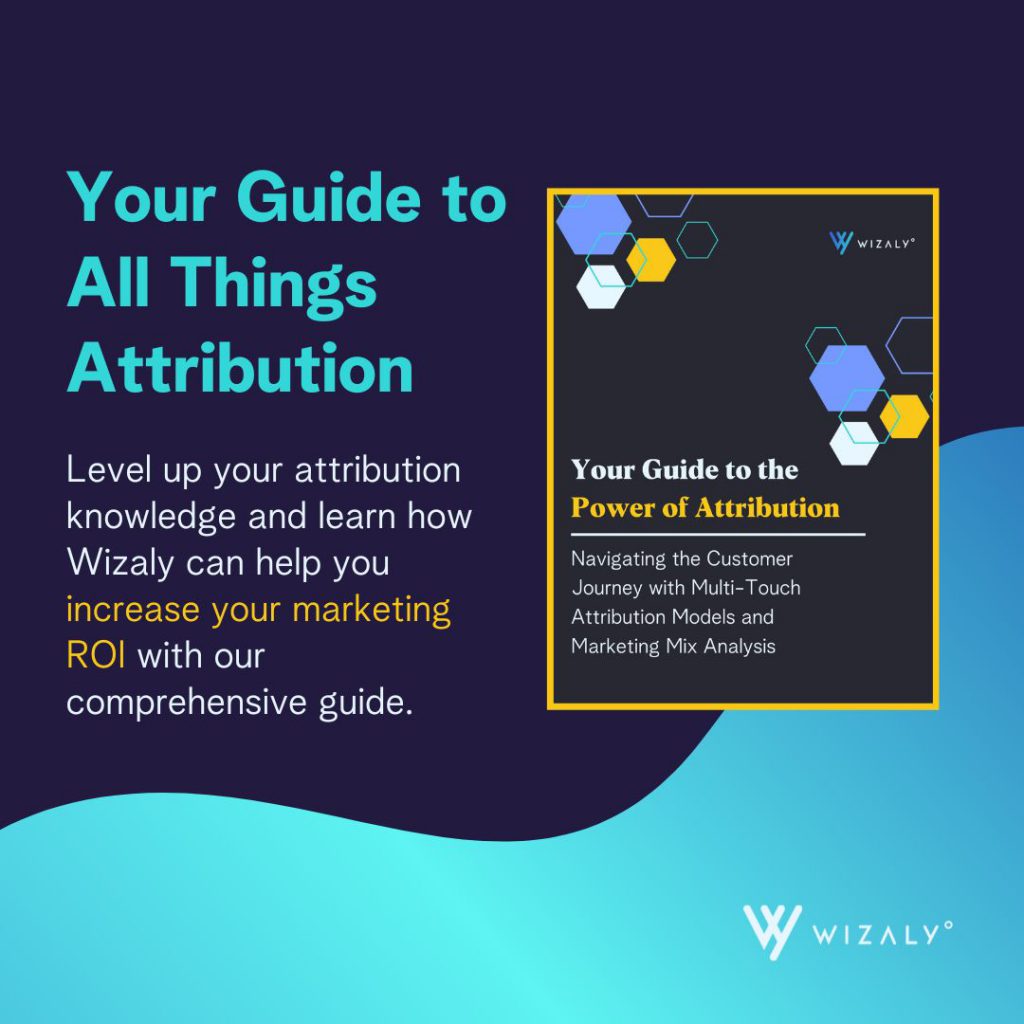We all know that in today’s digital marketing landscape, every click, swipe, and touchpoint matters, but how do marketing directors know which campaigns or channels truly drive conversions? Are you still depending on a default attribution model or have you embraced the array of analytics attribution models available today? As campaigns become more multifaceted and touchpoints multiply, understanding analytics attribution is more vital than ever. If you’ve ever pondered which model to use, how to compare them, or how they can amplify your marketing strategies, this comprehensive dive into the universe of analytics attribution models is for you.
Understanding the Basics of Attribution Modeling
The marketing conversion path has become intricate since the golden days of advertising. Every touchpoint, whether a Google Ad or a direct traffic source, plays a role. Thus, determining which touchpoints are the most valuable can significantly enhance marketing efforts. Attribution modeling helps marketers understand the impact and effectiveness of their marketing channels and campaigns. It assigns credit to different touchpoints along the customer journey, allowing marketers to identify which channels are the most influential in driving conversions.
Different attribution models have different perspectives on assigning credit. The Last Interaction model gives full credit to the last touchpoint before a conversion, while First Interaction models attribute all credit to the initial touchpoint. There are also various other models, such as Linear, Time Decay, and Position-based, that distribute credit to multiple touchpoints based on specific rules and algorithms.
By analyzing the attribution data, marketers can gain insights into the customer journey and make informed decisions about which channels or campaigns are the most effective in driving conversions. This knowledge enables them to optimize their marketing strategies and allocate resources more efficiently.
The Art and Science of Comparing Types of Attribution Models
By aligning your attribution model choice with your overarching marketing strategy, you can ensure a coherent, data-driven approach that maximizes ROI. There are various attribution models to choose from, each with its own strengths and limitations. The Last Click Attribution model gives credit solely to the last touchpoint before a conversion, while the Linear model assigns equal credit to each touchpoint in the customer journey. Other models, such as Time Decay, give more credit to touchpoints closer to the conversion.
By comparing these models, you can gain insight into which channels are driving the most conversions at different stages of the customer journey. This understanding enables you to allocate your marketing budget more effectively and optimize your campaigns based on data-driven insights.
Modern model comparison tools automate the process of comparing attribution models, making it easier to analyze large datasets and visualize the results. These tools allow you to experiment with different models, evaluate their performance, and identify the most effective channels for driving conversions.
To make the most out of attribution model comparison, it is crucial to align your chosen model with your marketing strategy. Consider your goals, target audience, and the specific touchpoints that are most relevant to your customer journey. By selecting an attribution model that aligns with your strategy, you can ensure that your analytical approach is consistent and focused on maximizing return on investment (ROI).
In conclusion, comparing attribution models is essential for understanding the effectiveness of your marketing channels. By using modern model comparison tools and aligning your chosen model with your marketing strategy, you can make data-driven decisions that optimize your marketing campaigns and drive better results.
Leveraging Analytics for Superior Attribution Insights in Marketing Campaigns
Marrying web analytics with attribution offers deeper insights into user behavior. This amalgamation provides a holistic view of user journeys, from initial touchpoints through to conversion.
For brands investing significantly in Google Ads, choosing the correct attribution model is paramount. Whether it’s the last Google Ads click or a more complex multi-touch model, the insights derived guide optimization strategies.
Analytics reports, often underestimated, offer a treasure trove of data. From understanding which marketing channels drive the most traffic to refining campaign strategies, they are indispensable. Web analytics and attribution are two powerful tools that, when combined, can provide valuable insights into user behavior. By marrying these two approaches, businesses can gain a more comprehensive view of the user journey from the initial touchpoints all the way to conversion.
When it comes to brands that heavily invest in Google Ads, choosing the right attribution model is crucial. This decision determines how credit is assigned to different marketing touchpoints throughout the customer journey. Whether a company opts for a simple last-click attribution or a more complex multi-touch model, the insights derived from these attribution models can guide optimization strategies.
While analytics reports are often overlooked or underestimated, they actually contain a wealth of valuable data. These reports can help businesses understand which marketing channels are driving the most traffic to their websites or online platforms. Armed with this information, companies can then refine their campaign strategies and allocate resources more effectively.
In summary, the marriage of web analytics and attribution offers businesses a holistic understanding of user behavior. By leveraging the insights from these approaches, brands can optimize their marketing efforts and make data-driven decisions to achieve better results.
Best Practices for Implementing Marketing Attribution Models
Choosing the right attribution model is only the beginning. Avoiding pitfalls, such as over-relying on a single model or failing to periodically evaluate its effectiveness, is crucial.
By understanding the intricacies of each model and aligning them with specific campaign goals, brands can enhance their conversion paths, resulting in increased ROI.
Regular model evaluation ensures that the chosen model remains relevant, catering to changing user behavior and market dynamics. Additionally, it is important to consider the limitations and biases associated with each attribution model. For example, a last-click attribution model may give too much credit to the final touchpoint before conversion, disregarding the influence of previous touchpoints
It is also essential to analyze cross-channel and cross-device interactions to gain a holistic view of the customer journey. This data can help identify the most effective channels and touchpoints and optimize marketing efforts accordingly.
Furthermore, it is crucial to continually test and experiment with different attribution models to find the best fit for your specific business and industry. This can involve A/B testing, comparing different models’ performance, and seeking insights from industry experts or consultants.
Lastly, effective communication and collaboration between marketing, analytics, and sales teams is key. This ensures that everyone is aligned on the chosen attribution model, understands its limitations, and can collectively analyze and interpret the results for actionable insights.
Choosing the right attribution model is important, but it is equally essential to regularly evaluate its effectiveness, consider its limitations, analyze cross-channel and cross-device interactions, experiment with different models, and foster collaboration within the organization. By doing so, brands can optimize their conversion paths and drive increased ROI.
Integrating Custom Google Analytics Attribution Models

Google Analytics, a staple in digital measurement, introduces a robust framework through its Google Analytics attribution model. This model in Google Analytics is pivotal in deciphering user interactions, from initial engagement to ultimate conversion. When diving deep into attribution, it’s essential to acknowledge how the Google Analytics attribution tools shed light on intricate customer journeys. While Google Analytics provides its comprehensive set of attribution solutions, integrating this knowledge with platforms like Wizaly is imperative for a holistic view. By synthesizing the granular data from Google Analytics attribution with Wizaly’s advanced capabilities, brands can sculpt a more refined and impactful marketing strategy.
Wizaly’s Approach to Seamless Attribution
At Wizaly, we understand the intricacies of attribution. Our analytics help brands discern the nuances of their conversion data, ensuring optimal campaign performance.
Through our expertise, brands have significantly enhanced the valuation of their marketing channels, ensuring every dollar spent is optimally utilized. Our success stories are testament to our approach, with clients consistently achieving unparalleled results.
Key Takeaways:
- Attribution models provide a framework for understanding the impact of various touchpoints on conversions.
- Customizing models can lead to more accurate insights tailored to specific business needs.
- Regularly comparing and evaluating models ensures marketing strategies remain effective and relevant.
- Wizaly’s advanced analytics support offers brands a competitive edge, optimizing campaign performance and ROI.
Ready to optimize your marketing attribution strategy? Reach out to Wizaly today and let us guide you through the maze of analytics attribution, ensuring every campaign touchpoint delivers maximum value.




